Warner Nature Center closure showcases importance of nature education
In front of Warner Nature Center a sign stands that welcomes thousands of visitors. Freshmen Eiri Salman and Shannon Pothen saw it often when they visited the Center during elementary school. Salman said she remembers the Center as her ¨favorite field trip.¨ But the sign now looks slightly different. It currently displays a neon green piece of paper that notifies visitors of Warner Nature Center´s closure.
September 28, 2019
The Lee and Rose Warner Nature Center announced they will close at the end of the year after 50 years of service. This is due to a decision by the financier and owner of the property, the Manitou Fund, not to renew their partnership agreement with the Science Museum of Minnesota who administers the property. With the announcement of the closure, students who visited the center reflected on their memories.
The center has been a popular destination for elementary students for many years. Students learned on field trips about the natural landscape of Minnesota while participating in hands-on activities. Warner Nature Center also visited schools to educate students.
Warner´s location provided a prime opportunity to learn about native flora and fauna. The center includes 600 acres of land composed of forest, marsh, a small lake, bog, and prairie. This created a habitat for various types of plants and animals including endangered species like Blanding’s turtles.
Warner Nature Center is where ‘I learned most of my stuff about nature.’
— Molly O’Connell
Currently, there are no plans for the use of the diverse land. In a statement, Warner Nature Center´s website said they are ̈likely to continue Manitou Fund’s 50-plus years tradition of protecting the land and using this cherished space to positively impact the community.¨
Many believe this sentiment is important, ¨I don´t think they should build on it, I think it should be preserved because a lot of wildlife flows in there. And it’s a really big, sanctioned area for wildlife around us,¨ junior Molly O’Connell said.
Freshmen Eiri Salman’s first feeling about the closure is sadness. She often drives by the center and thinks about the memories she made there. Through Warner´s programs she learned important life skills.
In her class, students were taught winter survival training. They learned to build a fire and build a shelter Salman said.
Sophomore Henry Redfield started visiting Warner Nature Center when he was 7 years old. He is an avid hunter and he believes nature is very important.
His favorite memory was geocaching which involved the use of compasses and GPS to find hidden containers he explained. Students explored Warner´s property while geocaching, including the rehabilitated prairie.
Warner Nature Center is where ¨I learned most of my stuff about nature,¨ junior Molly O’Connell said. O´Connell spent her early life in North Saint Paul. Because of this much of her time was around buildings, not trees.
For many students, Warner Nature Center provided a valuable natural education. Research has suggested this learning that involves natural environments and physical activity is important for childhood and may promote increased physical and mental health and increased environmental knowledge.
Because of the increasing number of present-day environmental issues and an increasing amount of people not meeting their physical activity needs, this type of learning center has an important job within our community.
The closure of Warner Nature Center is a loss. O’Connell believes this center “promotes kids to be more involved in nature as they grow up and try to fight for nature when they get older.”


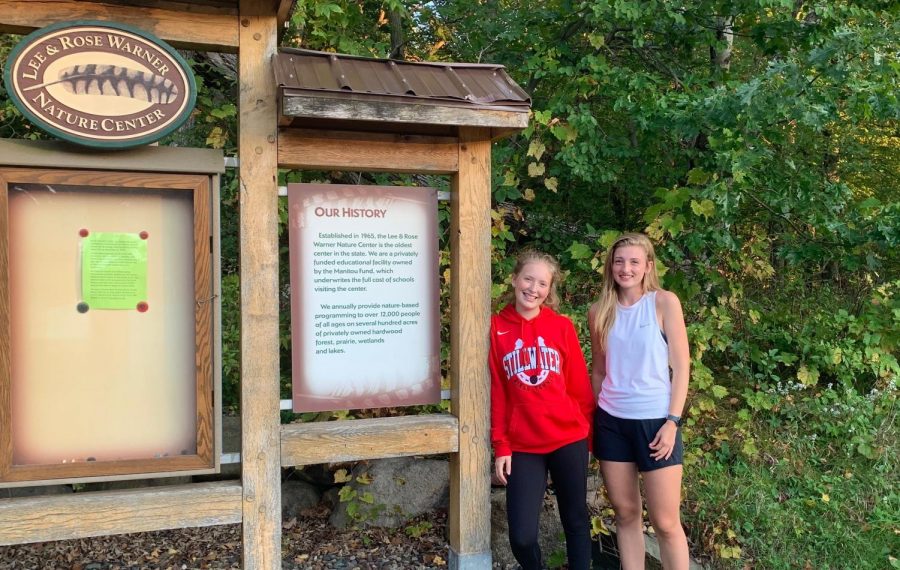
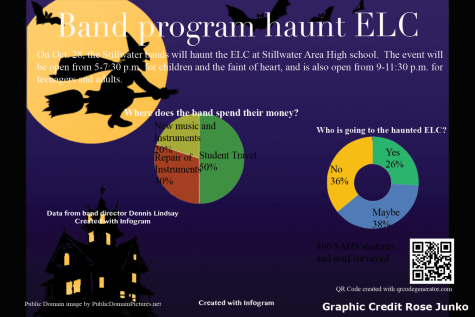
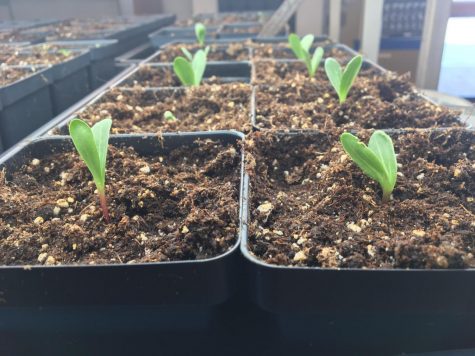
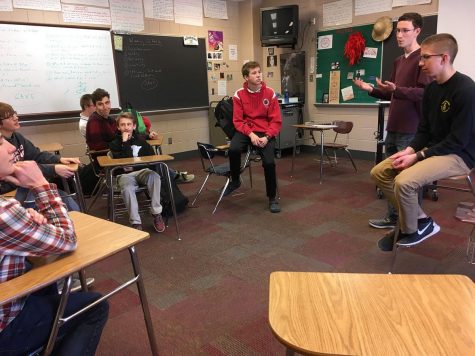


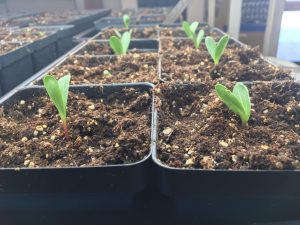
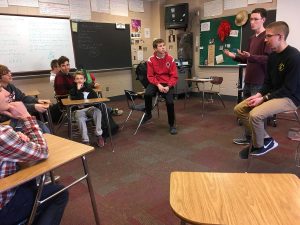

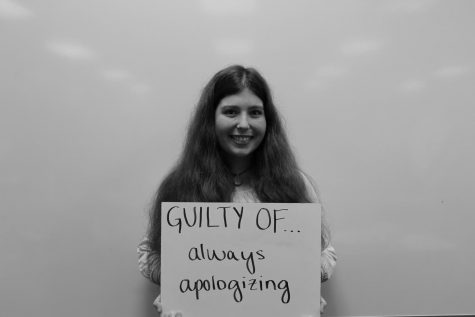


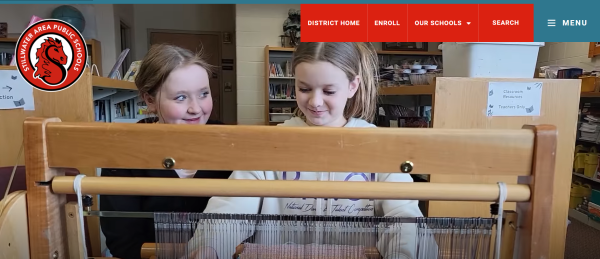

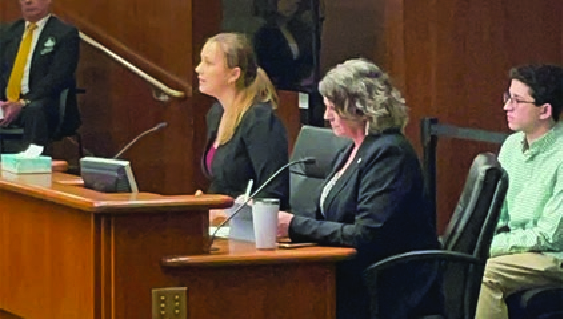

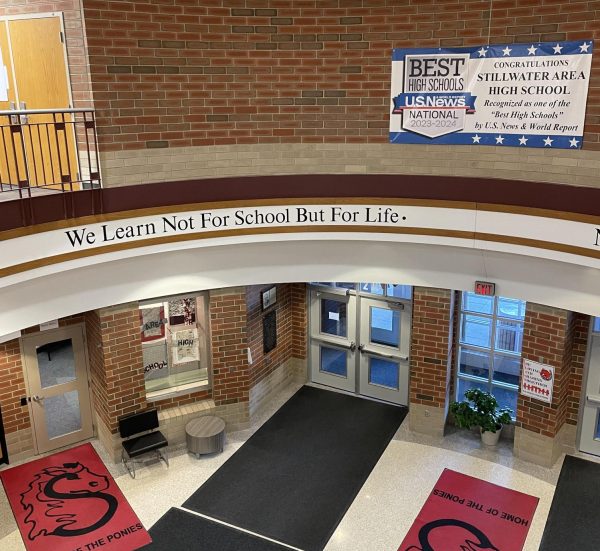
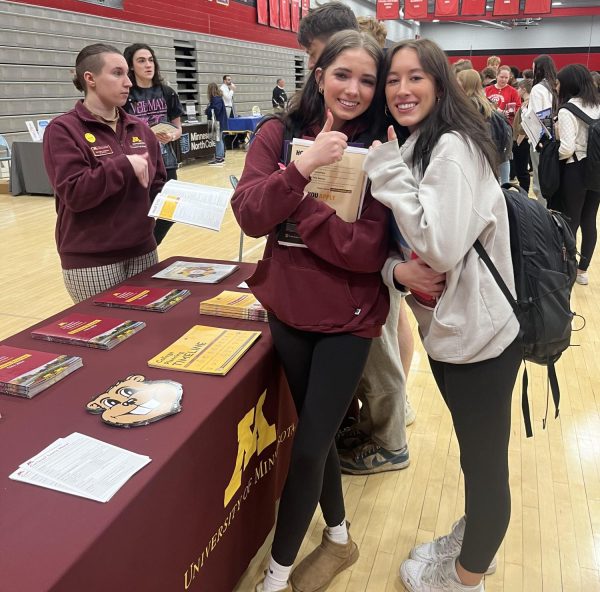

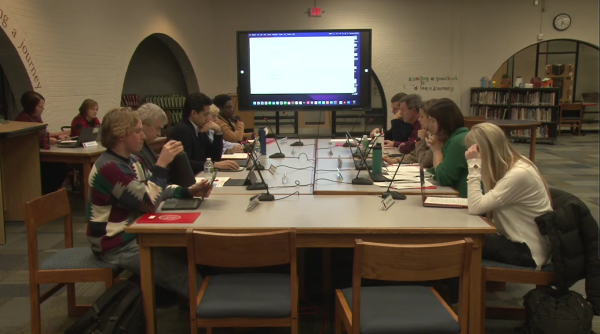
Emma Kostroski-Polucha • Oct 9, 2019 at 10:27 am
This makes me so sad. WNC was such a big part of my childhood. My brother and i learned so much during our time there.